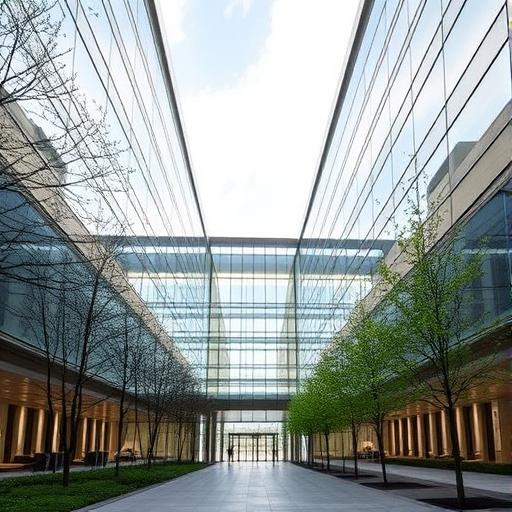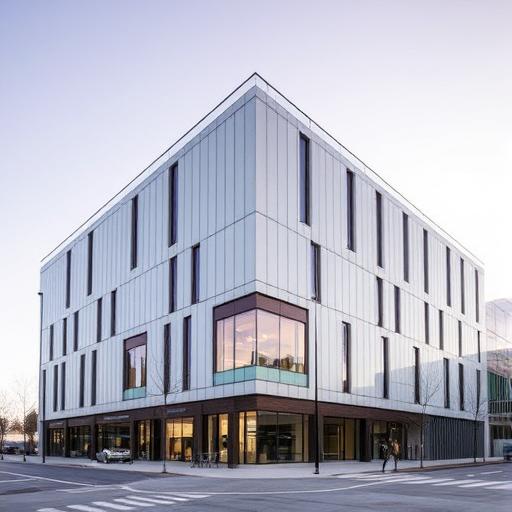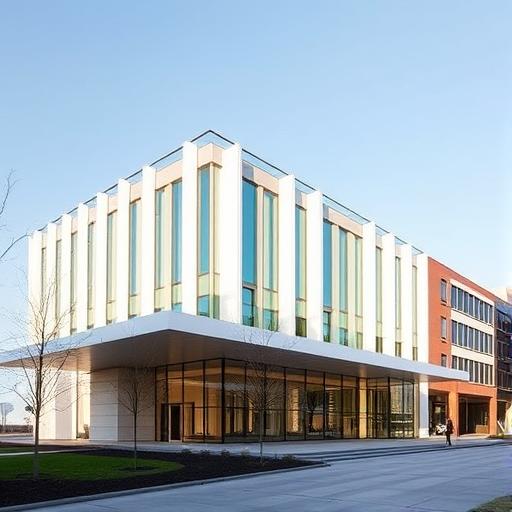Essential Guide: Understanding SASE Architecture for Modern Businesses
As we traverse the landscape of our digital-first world, businesses require more intelligent and flexible methodologies to connect users securely, anywhere and anytime. In light of this demand, Secure Access Service Edge (SASE) has become a game-changing concept in network security management for businesses.

If you’re still wondering what SASE implies and how it can benefit your business, stay with us as we unravel the details.
Demystifying SASE Architecture: A Simple Explanation

SASE (pronounced “sassy”) is a cloud-based architecture that uniquely coalesces networking and security into a singular service. Instead of rerouting all traffic via a central data center, SASE administers security and networking areas directly from the cloud, enabling secure access for users, irrespective of their location.
This novel model is indeed a perfect match for businesses incorporating remote workers, managing multiple branch locations, and on the path of escalating cloud adoption.

Key Components of the SASE Architecture
Comprehending the nuances of SASE architecture necessitates an understanding of its primary components:
1. Software-Defined Wide Area Network (SD-WAN)
SD-WAN smartly routes traffic based on cost-efficiency and performance, ensuring reliable and swift connections between applications and users.
2. Cloud-Based Security Services
Following are the included services:
– Secure Web Gateway (SWG)
– Cloud Access Security Broker (CASB)
– Firewall as a Service (FWaaS)
– Zero Trust Network Access (ZTNA)
Each service prevents threats and protects users, applications, and devices without requiring any physical appliances.
3. Identity-Driven Access
This component involves making access decisions rooted in user identity, device posture, and location. This approach aligns with the zero-trust model where initial trust is not automatic or implicit.
Four Key Advantages of SASE Architecture
1. Enhanced Security Everywhere
SASE architecture, by blending multiple security tools in the cloud, ensures comprehensive protection for users, irrespective of their connection point.
2. Simplified IT Complexity
SASE lessens operational complexities by replacing hardware appliances with a consolidated cloud service.
3. Potential Cost Savings
Excising expensive on-premise equipment can curtail capital expenditures and operational costs significantly.
4. Improved User Experience
SASE architecture, by eliminating the need for traffic to flow through a central data center, offers users quicker, more direct access to cloud applications.
Three Reasons Why SASE Is Future-Relevant
1. Ascendancy of Remote and Hybrid Work
As employees increasingly work from various locations, traditional security models fall short. SASE delivers location-independent protection effectively.
2. Intensified Cloud Usage
Given that SaaS applications and public cloud services have become standard practice, SASE maintains security in these environments without compromising access speed.
3. Escalating Cyber Threats
As cyberattacks evolve and become more sophisticated, unified security solutions like SASE help minimize exposure and detect threats proactively.
Hazards in Adopting SASE Architecture
Despite the marked advantages, a few roadblocks might emerge during SASE implementation:
– Transitioning from legacy systems necessitates careful planning
– Vendor lock-in can eventuate without meticulous evaluation
– Initial setup might demand training and formulation of new policies
Nonetheless, the long-term benefits of SASE considerably outweigh these early-stage challenges.
Strategies for SASE Implementation
To optimize the benefits of SASE:
1. Begin with a well-articulated strategy and objectives
2.
Select a provider offering a comprehensive SASE suite
3. Incorporate identity and access management at the outset
4.
Continually monitor and adjust based on performance metrics and threat trends.
Proceeding with phased adoption aids in managing the transition smoothly.
SASE Versus Traditional Network Models
Traditional network models that route traffic through centralized data centers typically slow down performance and enhance complexity. Conversely, SASE provisions cloud-native services directly to the user, proving faster, more scalable, and innately secure. This shift is not mere technical but strategic.
Concluding Thoughts on SASE Architecture
While SASE might currently seem like just another tech-jargon, a deeper understanding reveals it as a fundamental shift in the way businesses orchestrate secure networking in the cloud era.
If you are in the process of scaling remote work, increasing cloud usage, or augmenting security, SASE provides a future-ready framework.
Want to delve further into this subject? Visit the Wikipedia page on SASE for more information.
With escalating digital demands, it’s time you considered simplifying and securing your network with the revolutionary SASE architecture.
